
Factory farming supplies most of the meat, dairy, and eggs in the U.S., but behind closed doors exist some shocking but legal practices that rarely make headlines. While some defend them as necessary for efficiency, others see them as deeply inhumane. Here are 10 brutal yet legal practices that reveal the darker side of industrial farming.
1. Painful Mutilation Without Anesthesia
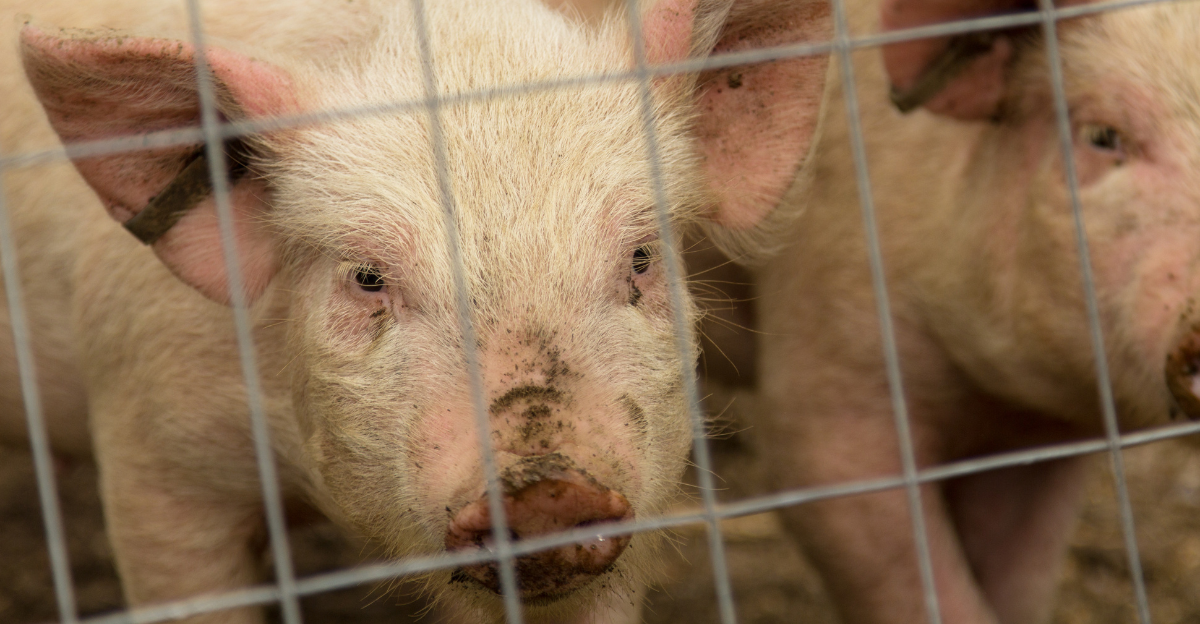
Chickens have their beaks cut off. Piglets have their tails docked and teeth clipped. Cattle endure painful dehorning. None receive anesthesia. These procedures, deemed “standard agricultural practices,” would be illegal if performed on a dog or cat. Industry justifications cite efficiency and injury prevention, but the reality is routine, excruciating pain—entirely legal under U.S. agricultural exemptions.
2. Slaughtered Alive
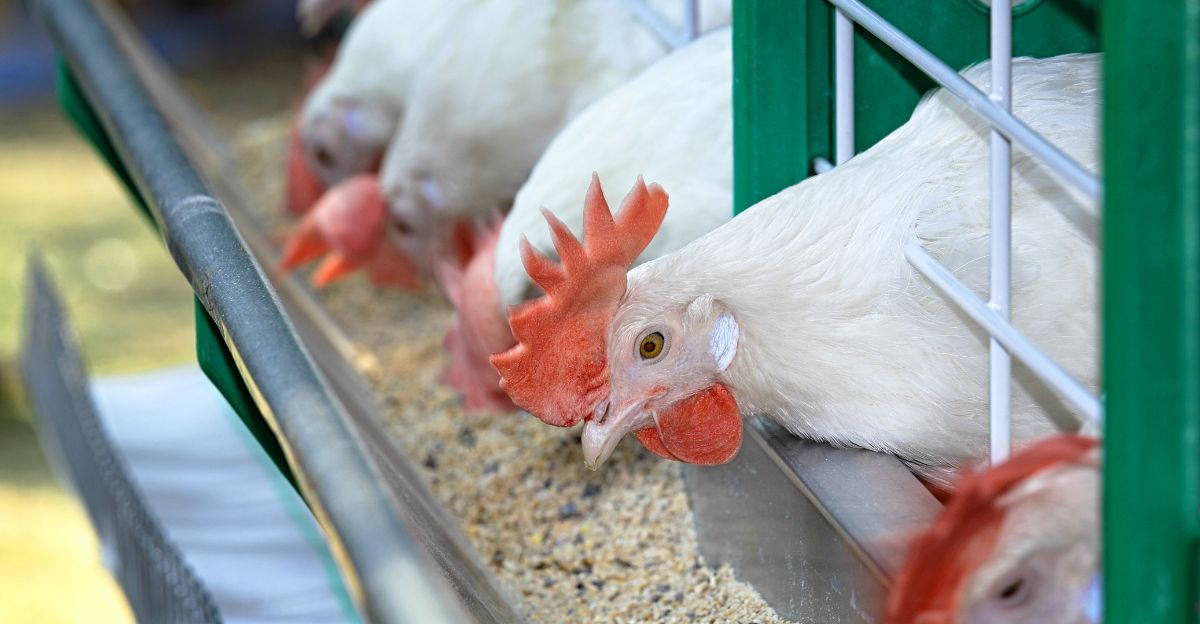
The Humane Methods of Slaughter Act requires livestock, including cows and pigs, to be stunned before slaughter—but for poultry, which makes up 98% of farmed animals, this is often violated by some factory farms. Chickens and turkeys are legally shackled upside down, dragged through electrified water, and slaughtered while still conscious. Billions endure this fate every year—completely within legal bounds.
3. Cooking Animals Alive During ‘Depopulation’

When supply chain disruptions hit, factory farms eliminate excess animals en masse. One method—”ventilation shutdown”—traps animals in sealed barns, cranking up heat until they suffocate or roast alive. This practice, used during the COVID-19 pandemic, was government-approved and taxpayer-funded. It reveals a grim reality: when profits are threatened, the industry treats animals as disposable inventory.
4. Agricultural Exemptions to Anti-Cruelty Laws

Kicking a dog is animal cruelty. Slamming piglets into concrete to kill them is standard practice. Why? Because most states exempt farm animals from cruelty laws. If an act is considered a “common industry practice,” it’s legal—no matter how painful or brutal. This double standard protects corporate profits while allowing suffering on an unimaginable scale.
5. Making It Illegal to Expose Abuse

Instead of banning cruelty, the industry bans exposure. “Ag-gag” laws make it a crime to document factory farming conditions. Undercover investigations have revealed workers beating pigs, grinding male chicks alive, and leaving sick animals to die. Instead of stopping these abuses, lawmakers criminalized filming them—proof that even legal industry practices cannot withstand public scrutiny.
6. Animals Confined in Spaces Too Small to Move
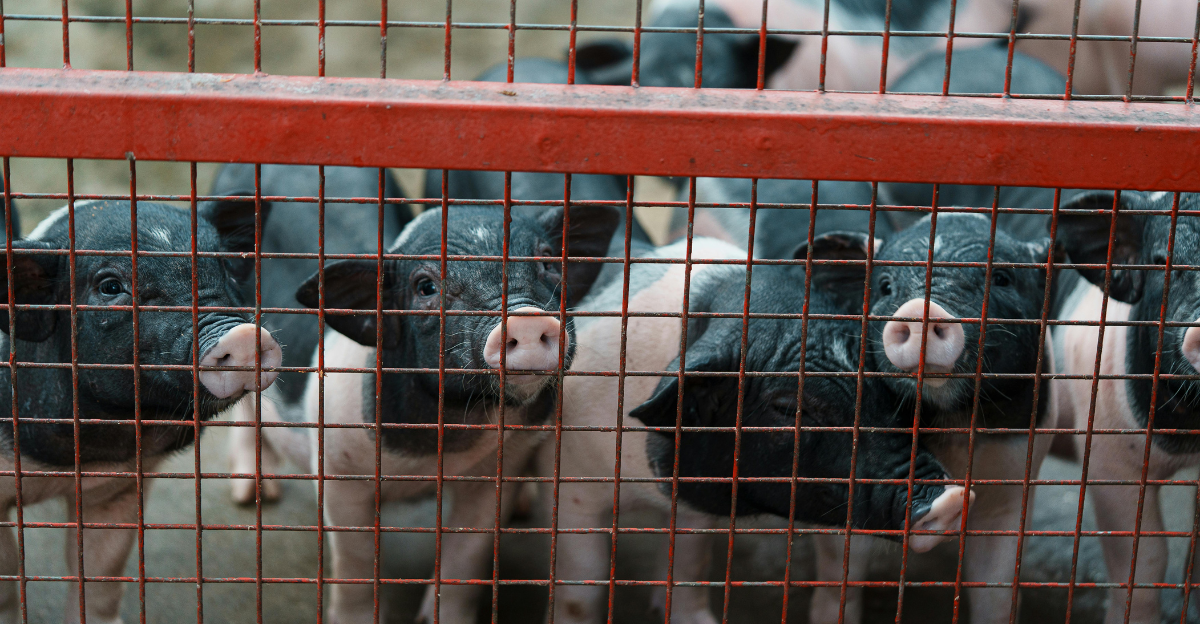
Factory farms prioritize space efficiency over animal welfare. Egg-laying hens are packed into battery cages smaller than a sheet of paper. Pregnant pigs spend months in crates so tight they can’t turn around. Veal calves are locked in narrow stalls to keep their muscles soft for meat. These extreme confinement systems, still legal in most states, reduce animals to production units.
7. Genetically Engineered to Suffer
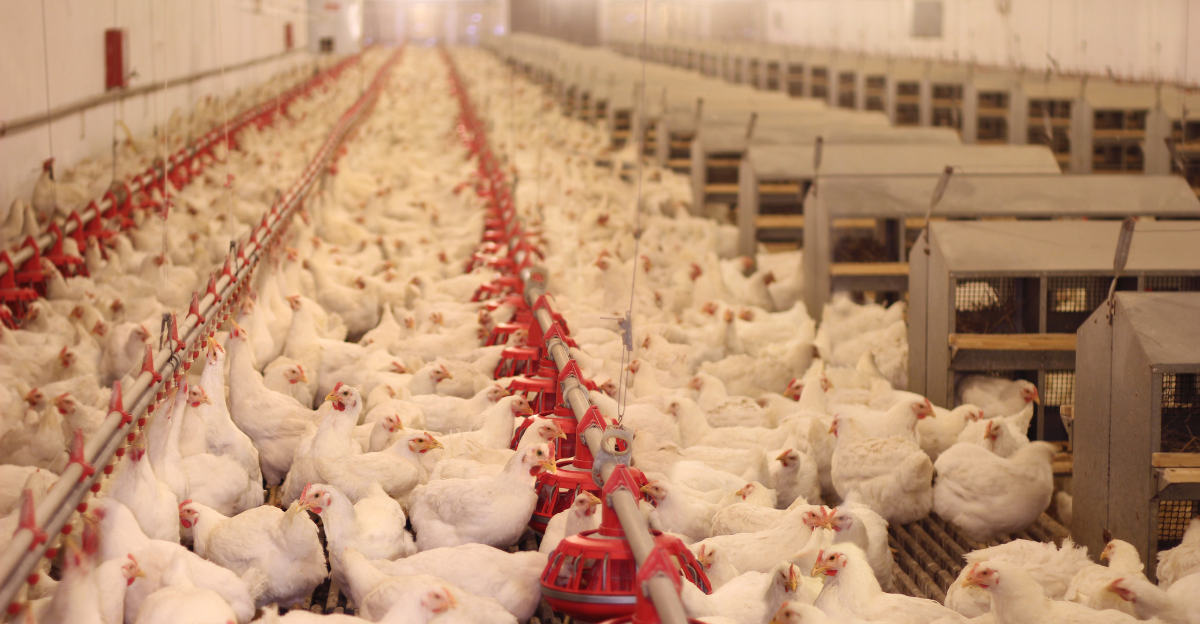
Modern farm animals are bred for extreme growth at the cost of their health. Chickens grow so large, so fast, their legs collapse under their own weight. Dairy cows produce unnaturally high milk volumes, leading to painful infections. Selective breeding has turned animals into biological machines—legal, but undeniably cruel.
8. Starving Chickens for More Eggs

To force hens into another egg-laying cycle, farmers withhold food for up to two weeks in a practice called “forced molting.” The starvation triggers a biological response, increasing egg production at the cost of extreme stress and suffering. Birds lose up to 30% of their body weight. This legal starvation method prioritizes efficiency over welfare.
9.Transporting Animals Without Food or Water
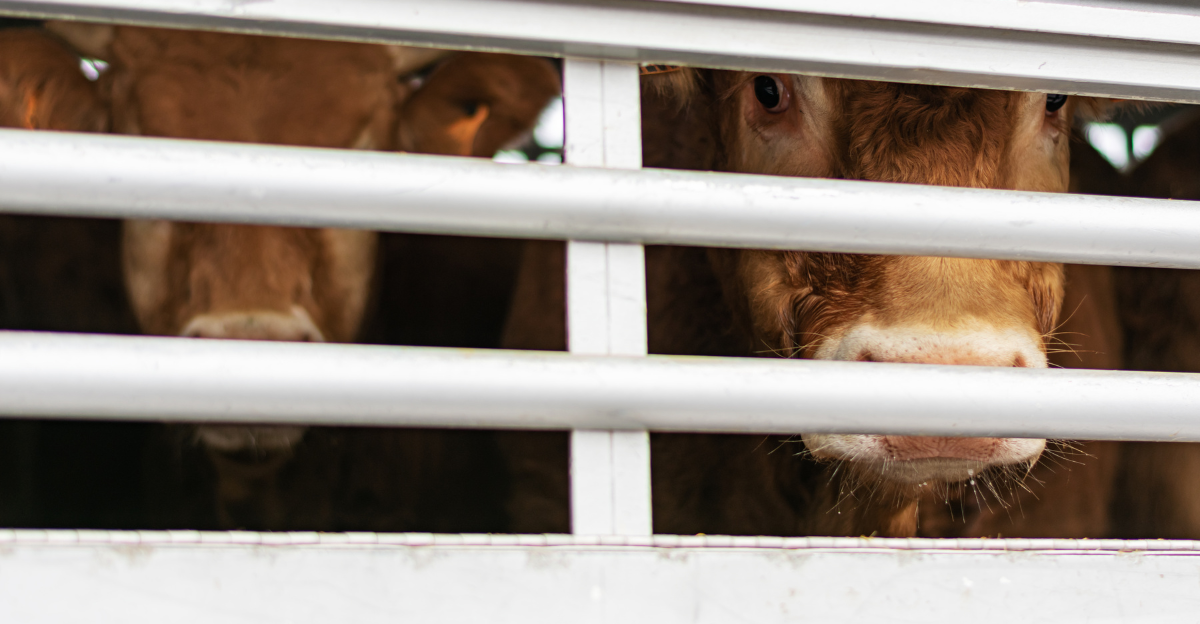
Farm animals can be legally transported for over 28 hours without food, water, or rest—often in extreme heat or freezing cold. Many collapse or die in transit. While the Twenty-Eight Hour Law exists to provide breaks, loopholes and weak enforcement render it ineffective. Animals are packed into trucks like cargo, suffering from exhaustion and dehydration before even reaching the slaughterhouse.
10. Routine Antibiotic Abuse Threatens Public Health
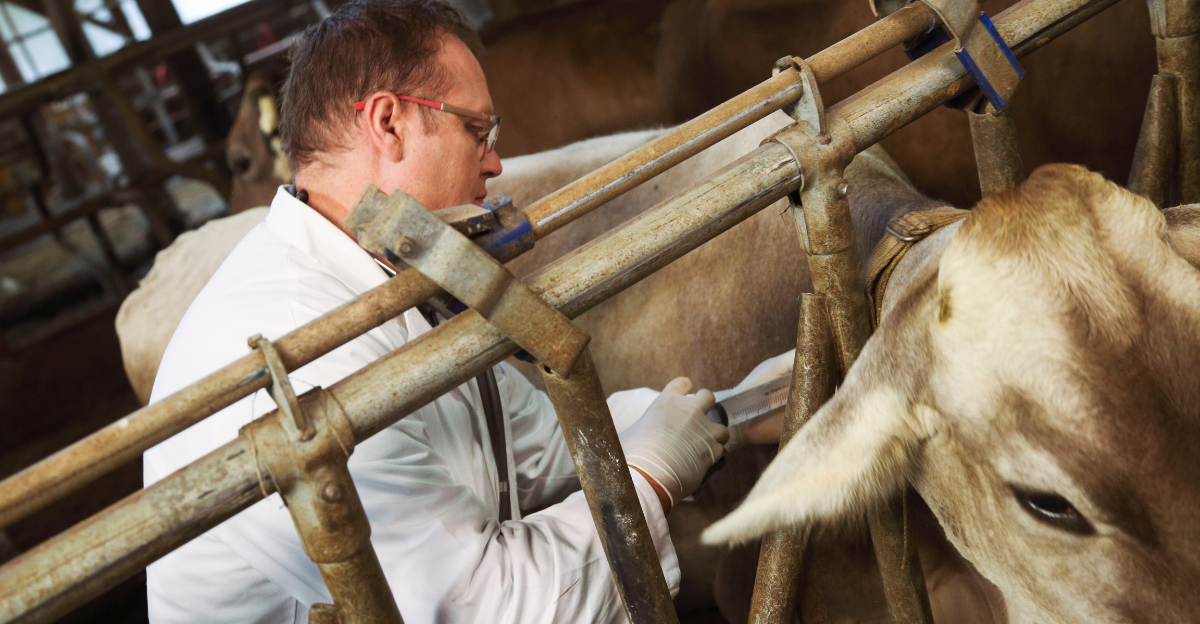
To prevent disease in overcrowded barns, factory farms routinely administer low-dose antibiotics—not for treatment, but to promote growth. This overuse fuels antibiotic resistance, creating “superbugs” that could make life-saving medications ineffective. Despite scientific warnings, regulatory enforcement is weak, and the industry continues this practice legally.
A System Built on Secrecy
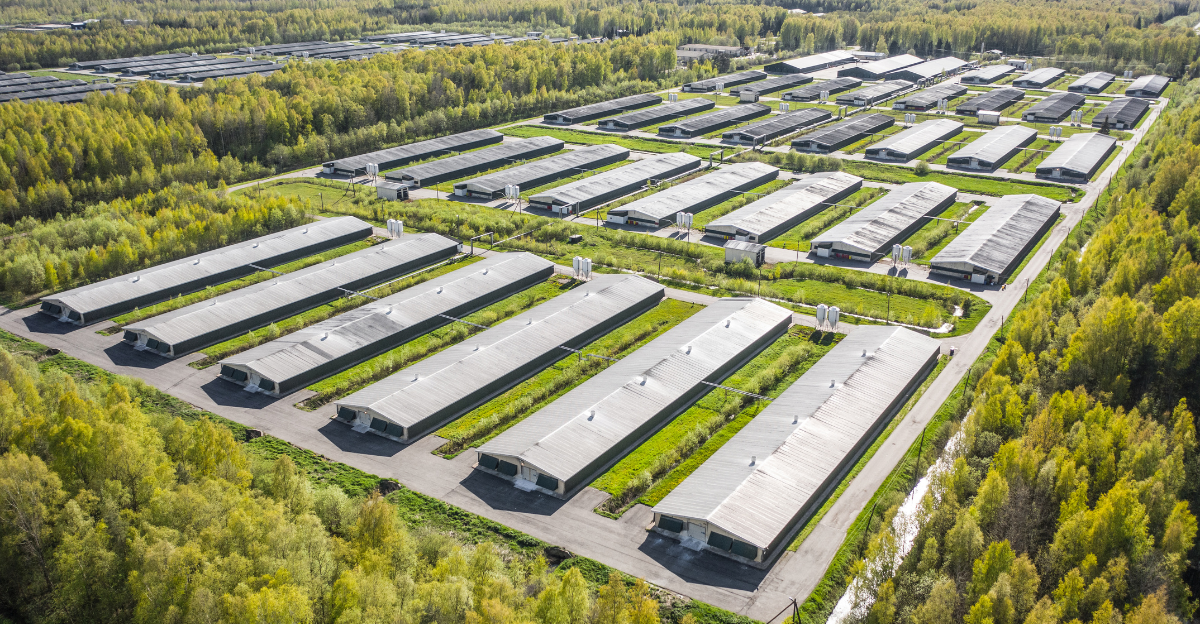
Factory farming thrives in the shadows, protected by ag-gag laws, corporate lobbying, and legal exemptions. The industry’s practices—mutilation, genetic manipulation, extreme confinement, and mass killing—are standard, yet hidden from public view. As legislative challenges and consumer awareness grow, the question remains: will these legal but brutal practices continue unchecked?
Explore more of our trending stories and hit Follow to keep them coming to your feed!

Don’t miss out on more stories like this! Hit the Follow button at the top of this article to stay updated with the latest news. Share your thoughts in the comments—we’d love to hear from you!







